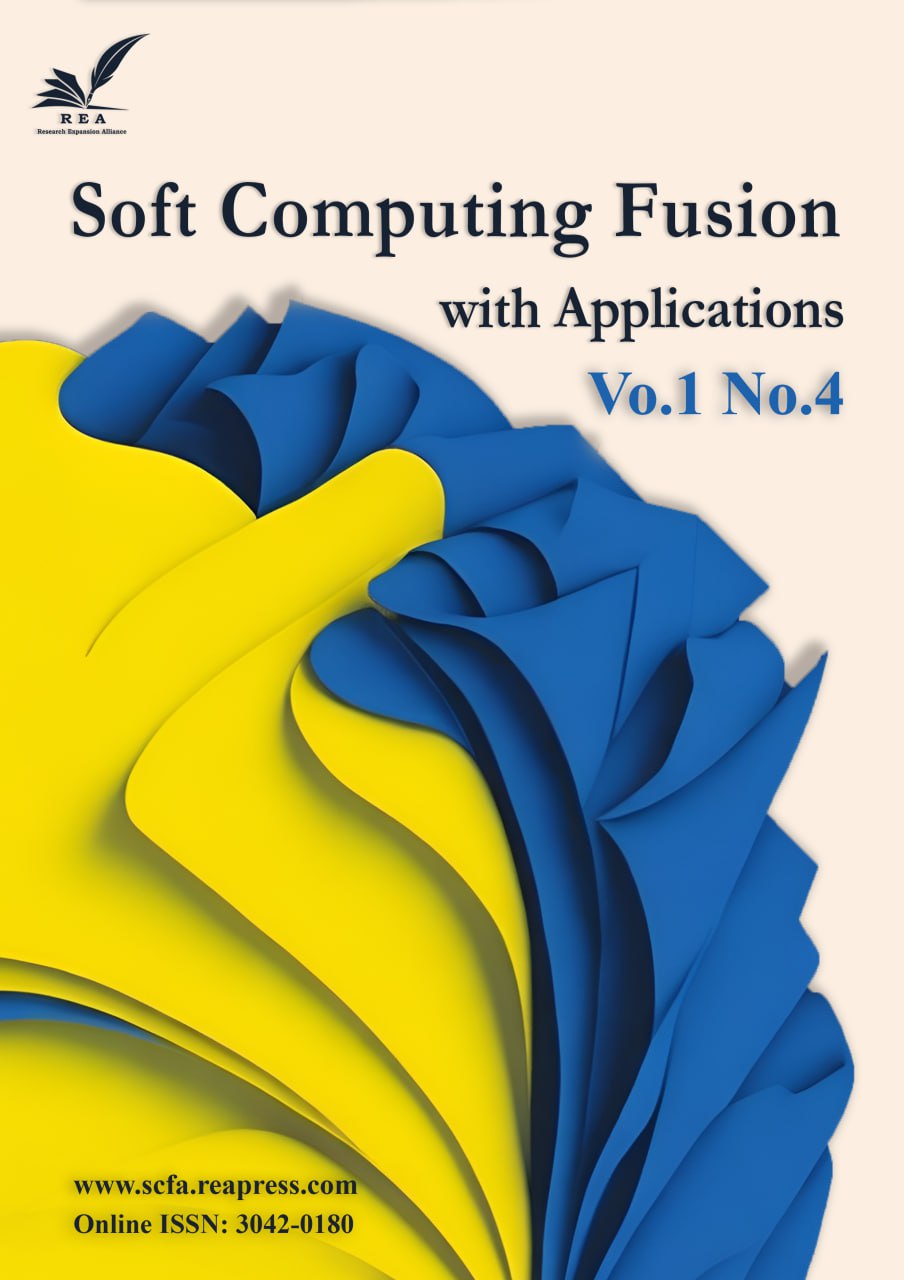IoT-Based Smart City Grid Optimization Using AI and Edge Computing
Abstract
Internet of Things (IoT)-based smart city grids have the potential to revolutionize urban infrastructure management by enabling real-time monitoring and efficient resource allocation. However, challenges such as high latency, data overload, and the need for instantaneous decision-making hinder their effectiveness. This paper presents a framework for optimizing smart city grids using AI and edge computing. Artifial Inteligent (AI) enables advanced analytics and predictive maintenance, while edge computing allows data processing to occur closer to IoT devices, minimizing latency and reducing the load on central servers. The proposed approach integrates these technologies to optimize power distribution, traffic management, and environmental monitoring, leading to enhanced efficiency and reliability of city services. The results demonstrate improved resource management and quicker response times, showcasing the benefits of this approach for future smart city implementations. These findings underscore the importance of integrating AI and edge computing into IoT systems for more resilient and adaptive urban environments.
Keywords:
Internet of thing, Smart city, Grid optimization, Artificial intelligence, Edge computing, Real-time data processing, Resource managementReferences
- [1] Gubbi, J., Buyya, R., Marusic, S., & Palaniswami, M. (2013). Internet of things (IoT): A vision, architectural elements, and future directions. Future generation computer systems, 29(7), 1645–1660. https://doi.org/10.1016/j.future.2013.01.010
- [2] Shi, W., Cao, J., Zhang, Q., Li, Y., & Xu, L. (2016). Edge computing: Vision and challenges. IEEE internet of things journal, 3(5), 637–646. https://doi.org/10.1109/JIOT.2016.2579198
- [3] Stadnicka, D., Sęp, J., Amadio, R., Mazzei, D., Tyrovolas, M., Stylios, C., ... ., & Navarro, J. (2022). Industrial needs in the fields of artificial intelligence, internet of things and edge computing. Sensors, 22(12), 4501. https://doi.org/10.3390/s22124501
- [4] Sharma, A., Singh, K. J., Kapoor, D. S., Thakur, K., & Mahajan, S. (2024). The role of IoT in environmental sustainability: Advancements and applications for smart cities. In Mobile crowdsensing and remote sensing in smart cities (pp. 21–39). Springer. https://doi.org/10.1007/978-3-031-72732-0_2
- [5] Batty, M., Axhausen, K. W., Giannotti, F., Pozdnoukhov, A., Bazzani, A., Wachowicz, M., Portugali, Y. (2012). Smart cities of the future. The european physical journal special topics, 214, 481–518. https://doi.org/10.1140/epjst/e2012-01703-3
- [6] Chavhan, S., Gupta, D., Gochhayat, S. P., N, C. B., Khanna, A., Shankar, K., & Rodrigues, J. J. P. C. (2022). Edge computing AI-IoT integrated energy-efficient intelligent transportation system for smart cities. Association for computing machinery transactions on internet technology, 22(4), 1–18. https://doi.org/10.1145/3507906
- [7] Alkhudaydi, O. A., Krichen, M., & Alghamdi, A. D. (2023). A deep learning methodology for predicting cybersecurity attacks on the internet of things. Information, 14(10), 550. https://doi.org/10.3390/info14100550
- [8] Gupta, B. B., & Quamara, M. (2020). An overview of internet of things (IoT): Architectural aspects, challenges, and protocols. Concurrency and computation: Practice and experience, 32(21), e4946. https://doi.org/10.1002/cpe.4946
- [9] Al-Ali, A. R., & Aburukba, R. (2015). Role of internet of things in the smart grid technology. Journal of computer and communications, 3(5), 229–233. http://dx.doi.org/10.4236/jcc.2015.35029
- [10] Kabalci, Y., Kabalci, E., Padmanaban, S., Holm-Nielsen, J. B., & Blaabjerg, F. (2019). Internet of things applications as energy internet in smart grids and smart environments. Electronics, 8(9), 972. https://doi.org/10.3390/electronics8090972
- [11] Samie, F., Bauer, L., & Henkel, J. (2018). Edge computing for smart grid: An overview on architectures and solutions. Internet of things for smart grids: Design challenges and paradigms, 21–42. https://doi.org/10.1007/978-3-030-03640-9_2
- [12] Steigenberger, N. (2017). The challenge of integration: A review of the M & A integration literature. International journal of management reviews, 19(4), 408–431. https://doi.org/10.1111/ijmr.12099
- [13] Swarnkar, A., & Swarnkar, A. (2019). Artificial intelligence based optimization techniques: A review. Intelligent computing techniques for smart energy systems (PP. 95–103). Springer, Singapore. https://doi.org/10.1007/978-981-15-0214-9_12
- [14] Chen, K. Y., Chen, L. S., Chen, M. C., & Lee, C. L. (2011). Using SVM based method for equipment fault detection in a thermal power plant. Computers in industry, 62(1), 42–50. https://doi.org/10.1016/j.compind.2010.05.013
- [15] Sherstinsky, A. (2020). Fundamentals of recurrent neural network (RNN) and long short-term memory (LSTM) network. Physica d: Nonlinear phenomena, 404, 132306. https://doi.org/10.1016/j.physd.2019.132306
- [16] Kumar, S., Bharti, A. K., & Amin, R. (2021). Decentralized secure storage of medical records using Blockchain and IPFS: A comparative analysis with future directions. Security and privacy, 4(5), e162. https://doi.org/10.1002/spy2.162


